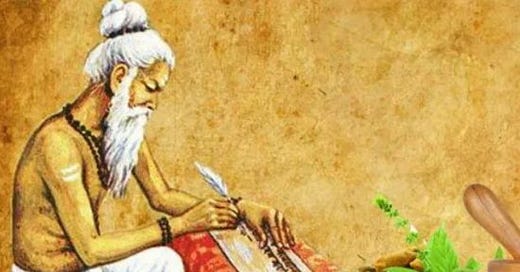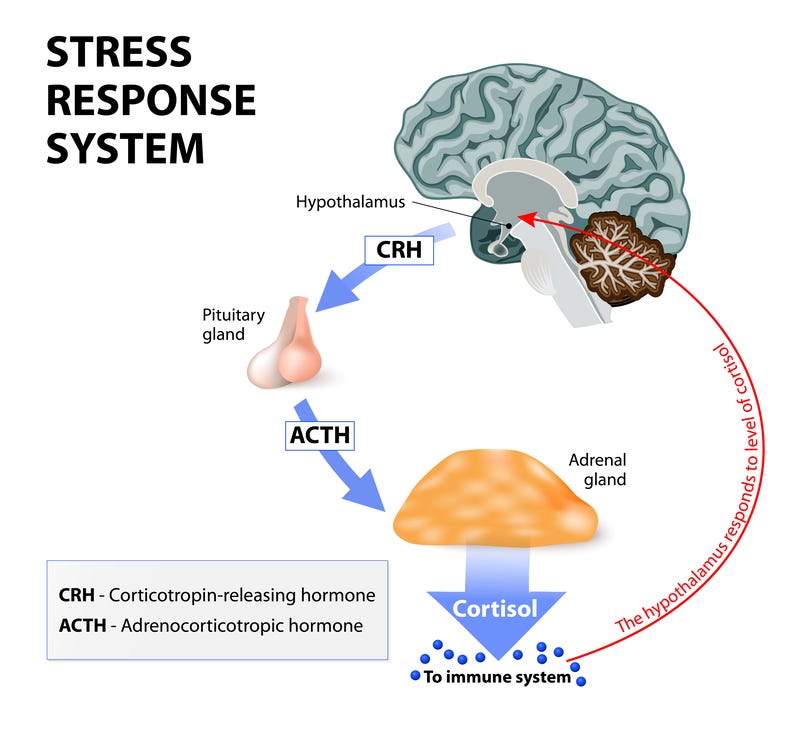A physician who fails to enter the body of a patient with the lamp of knowledge and understanding can never treat diseases. He should first study all the factors, including environment, which influence a patient's disease, and then prescribe treatment. It is more important to prevent the occurrence of disease than to seek a cure.
Charaka
The term “charaka” refers to wandering physicians. The medical compendium of Ayurvedic Medicine called Agnivesha Samhitā was revised by the scholar and became one of the foundational texts of this ancient system of healing. It became known as Charaka Samhitā. The precise date is not known.
The wisdom in the simple counsel of the sages of history should be much appreciated in today’s world where hazards are pervasive and often ignored. We can begin with our water and ask its source, purity, and even vitality. If you watch animals bathing, they will instinctively go to places where there is a lot of movement and froth. This water is naturally ozonated and can alleviate many conditions.
It is fair to say that we are all downstream to some extent since some water comes from ice and snow melt and flows into the rivers and valleys where it often becomes polluted. Municipal water is recycled and treated, but not at a standard that supports health.
Because of chemtrails and air pollution, many people are not getting good quality air so they are devitalized. Air should be rich in prana, not smoggy or poisoned by industrial by-products.
We also have electromagnetic impacts, both in public and in our homes where many people use microwave ovens, routers, and Wi-Fi devices. Even the wiring of the house may be unsafe for sensitive individuals.
Billions of people are affected by issues over which they have limited control so a typical medical intake skips these questions and relies heavily on symptoms, i.e., the complaints we have as a result of stressors that are ignored.
My own work in medical astrology began with an analysis of stress as seen in the horoscope. Almost all people have some stress patterns, but they are not always active. A catalyst is needed to trigger a pattern.
According to experts like Hans Selye, the alarm reaction is followed by resistance and then fatigue. As an astrologer, I have tried to introduce nuance into the attempts by many psychologists to quantify stress. We are all sensitive to stress, but what saps the vitality from one person may not have the same effect on others. For example, some people have baseless fears, meaning that what they fear will probably never happen. However, the fear is stressful whether the concern is imaginary or real. This is typical of vata types, so careful analysis of the facts may help to dismiss some of the anxiety. It is not unusual that one worry is put aside but quickly replaced by another, and this poses a lot of wear and tear on the individual.
All stress requires adaptation, even that which is more or less welcome such as taking a new job that requires relocating and many adjustments. One may love the new job as well as the new neighborhood and home, but there are still many routines that have to change so flexibility is needed to reduce wear and tear. There is a category of herbs called adaptogens that help us through stressful periods. To qualify as an adaptogen, the herb must be absolutely safe for long-term use, must not have any unwanted side effects, and must support the adrenals so that cortisol levels do not rise.
Even though the term “adaptogen” only came into use in 1947, Ayurvedic Medicine actually has a long tradition in which the properties were recognized. Though there are subtle differences between rasayana preparations and adaptogens, there is considerable overlap.
You may remember the “rasa” part of this word from the essay on the Dhatus. Rasa is basically the fluids or essence that carry the nutrients in the body and “ayana” is the pathway. The relationship to the circulatory system is obvious, but this is the river in which all that is needed for repair and regeneration is transported.
All rasayana herbs are antioxidants, and all are considered supportive of health and longevity in Ayurveda. Of these, one of the most famous today is ashwagandha, but it is one of a few dozen herbs with such life-sustaining properties. The herbs have different properties, meaning some support the nervous system and brain while others increase the capacity to cope.
Not quite as famous as ashwagandha is a substance called shilajit. It is highly regarded for the power to enhance the outcome of any protocol. It contains many minerals and is collected in the Himalayas during the summer when the sun hits the sides of the mountains.
As the story goes, an island that was near Australia floated north and collided with the Asian landmass causing the Himalayas to be formed. Shilajit exudes from crevices in the rocks and is sticky and semi-fluid when the rocks are warm enough. It contains a mixture of plant and mineral materials; and because of the collection methods, every batch is a little different. Recent research suggests that the mineral component of shilajit resembles fossilized mollusk shells. The botanical component remains a bit of a mystery and probably varies depending on where the shilajit was collected. It comes from very high elevations and harvesting can be dangerous. The raw shilajit has to be processed. Pebbles are removed and then there are numerous steps involving purification. These use rasayana herbs. Supply of authentic shilajit is very limited. I have 33 one-ounce pouches arriving today, but I probably will not be able to get more more some time.
Meanwhile, I believe everyone should be aware of the herbs that help us to deal with stress, including the stress of uncertainty. If we look at the world today, we are faced with wars, various illnesses, earthquakes, hurricanes, volcanic eruptions, financial woes, and all kinds of social tensions. We may escape one hazard but not another. Regardless, adaptation is necessary.
Stress is cumulative so we never know which straw will break the camel’s back, but when that straw is added to the load, our bodies become symptomatic. As said in the Charaka Samhitā, we should correct as many of the local issues as possible in order to avert a future crisis. Taking adaptogens makes implicit sense, and the selections can be tailored to how we handle stress. Are we more nervous, more inflexible, more sorrowful, more angry, more self-destructive or more self-protective? All of my Ayurvedic herbs can be found on the Ayurvedic Bazaar website and there are many rasayanas, adaptogens, and adrenal tonics.
Copyright by Dr. Ingrid Naiman 2023 || All Rights Reserved
For permission to quote, please contact the author. Sharing via e-mail and posting links are welcome so long as the author and source are properly cited. Reprinting is strictly prohibited.
Image Credits:
https://vedictribe.com/indian-gurus/acharya-charaka-father-of-medicine/
Cortisol: Designua | Dreamstime.com






As always, wonderful information. Thank you for all that you do to keep us informed and healthy.